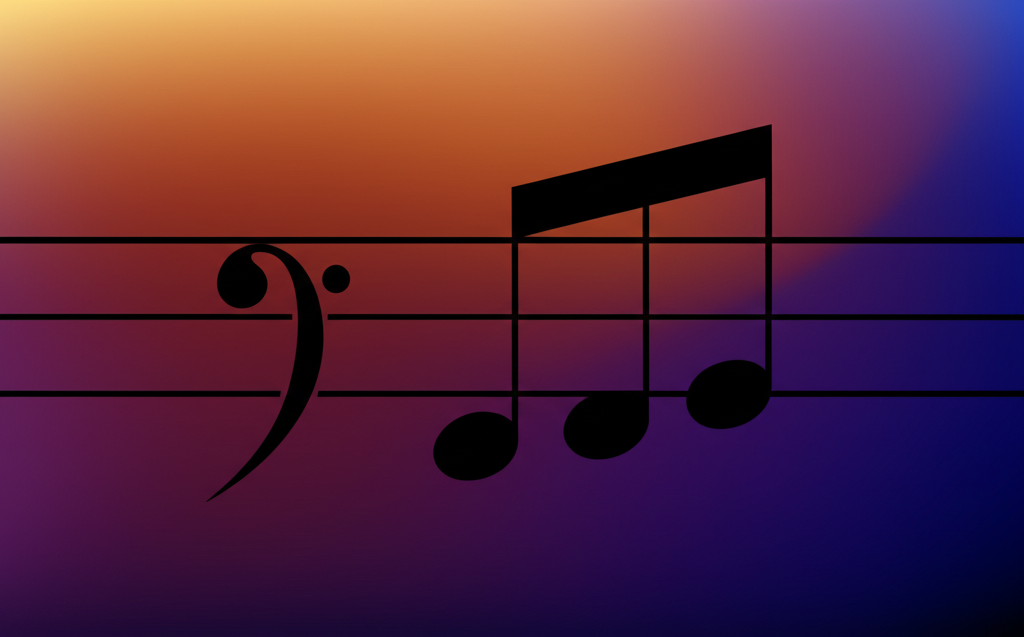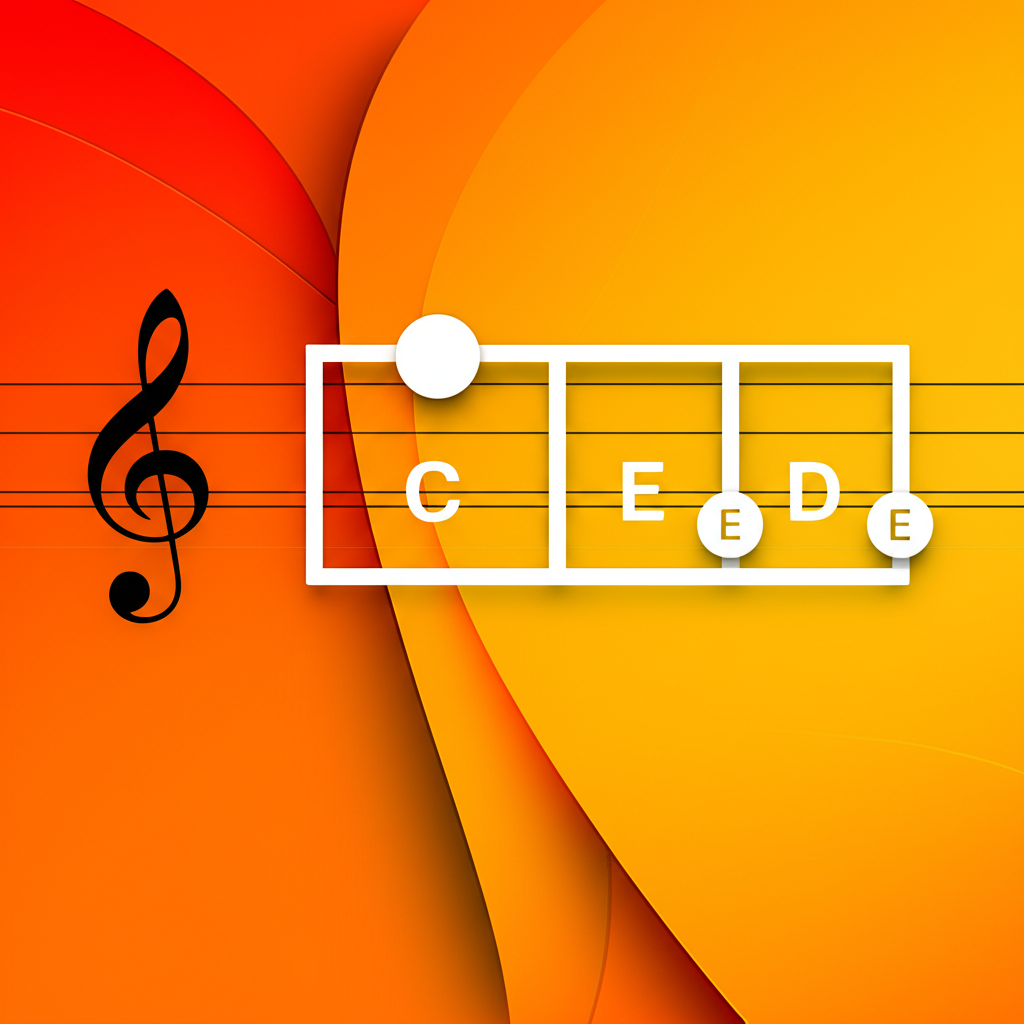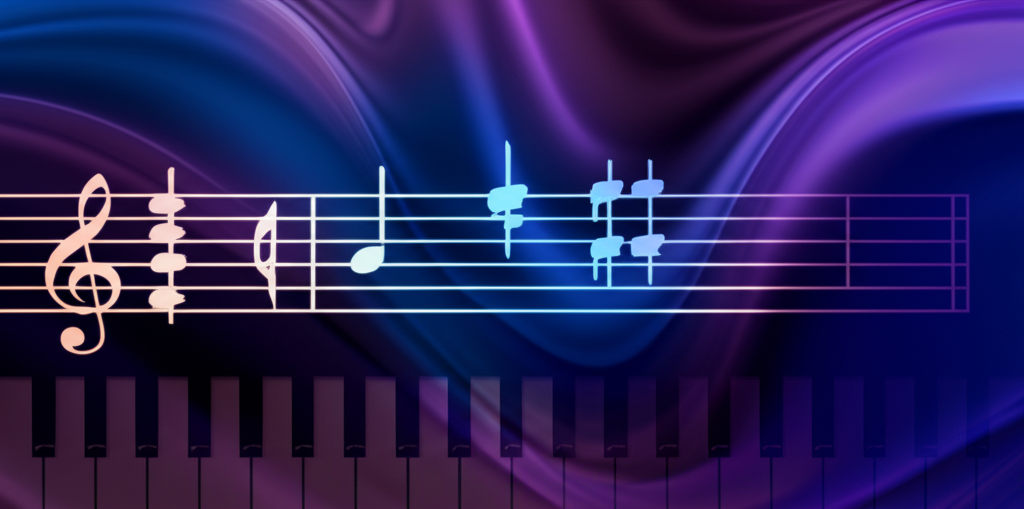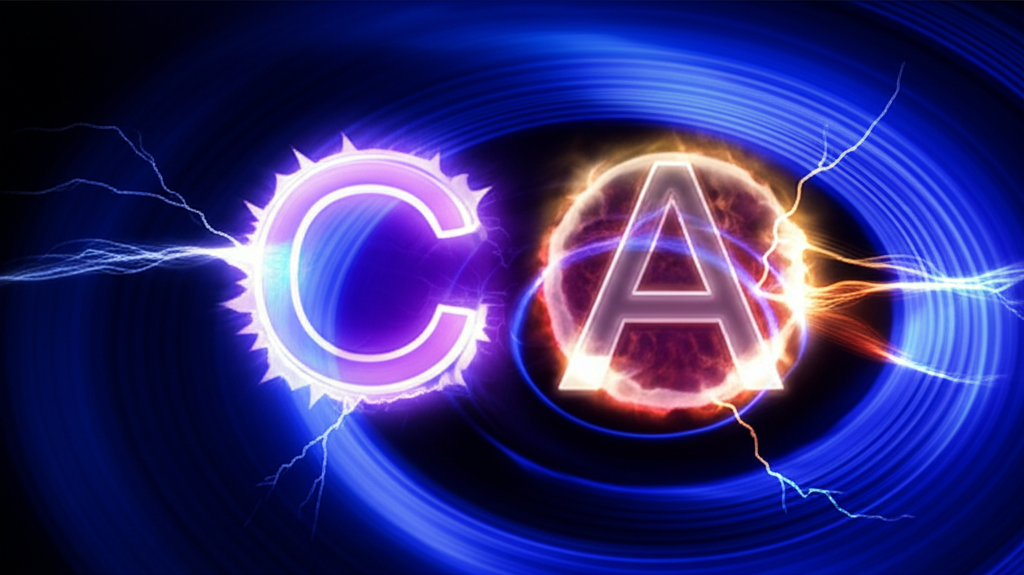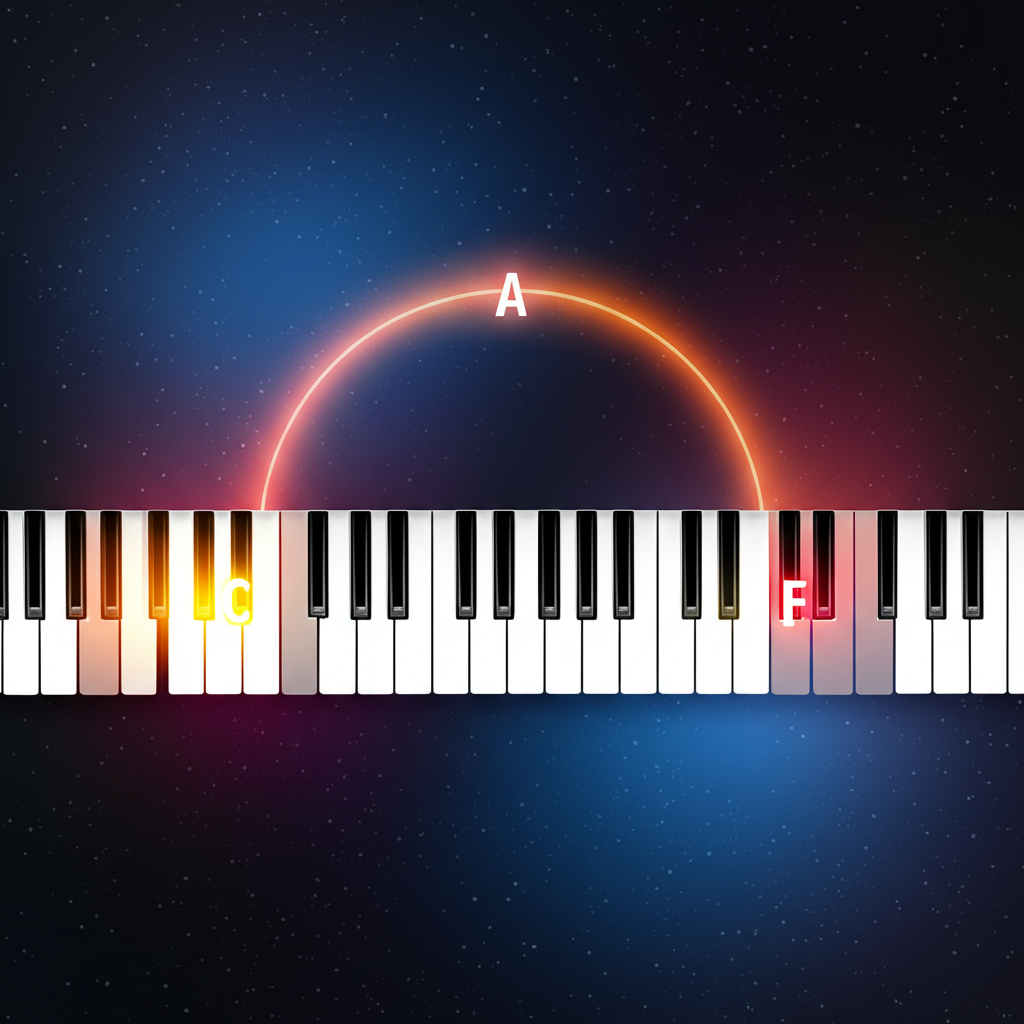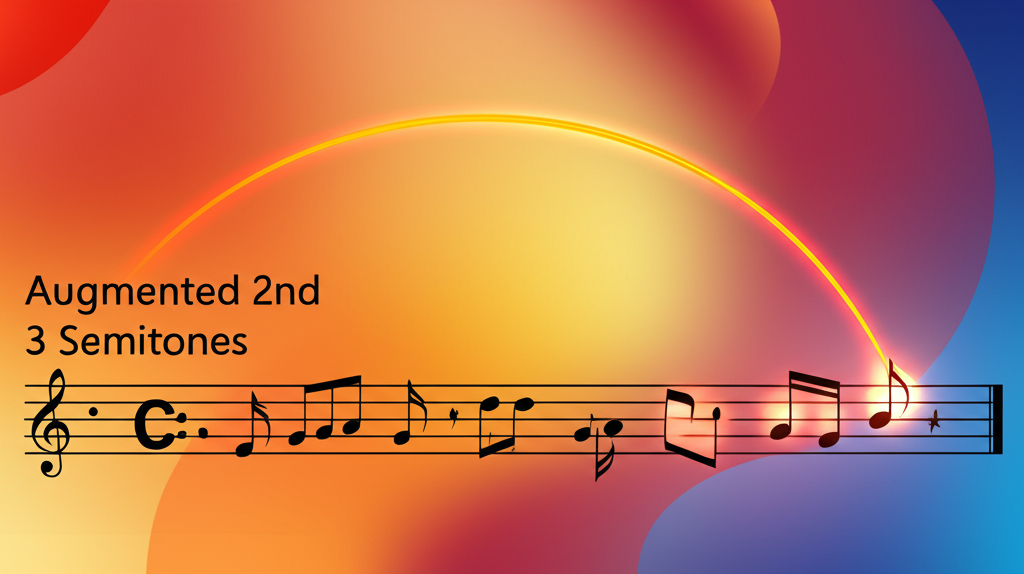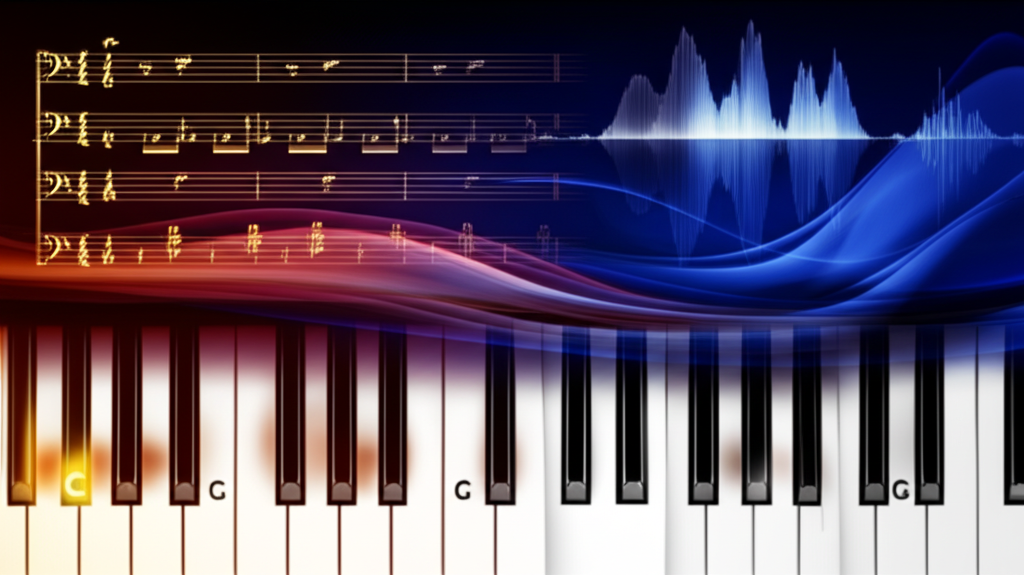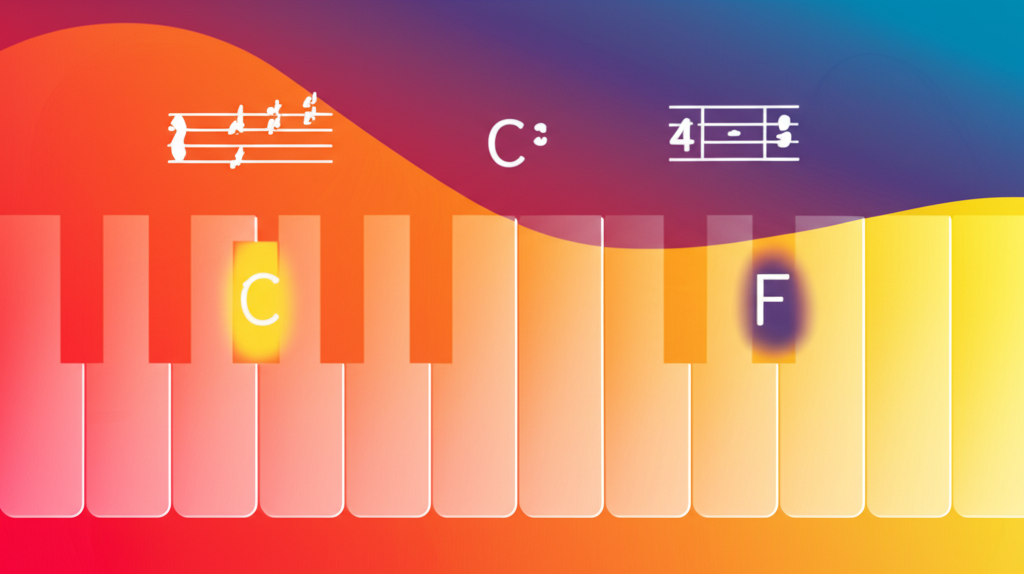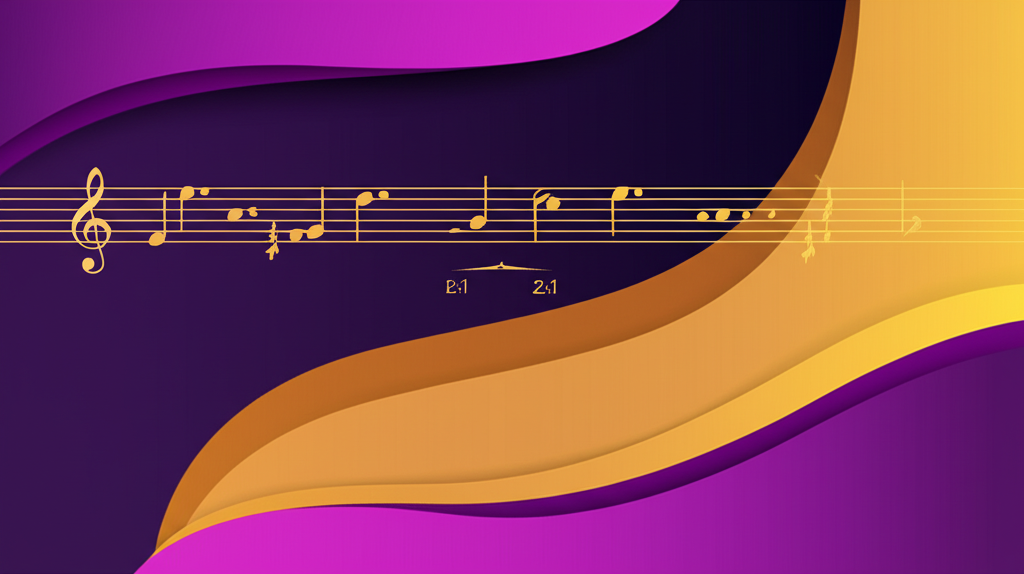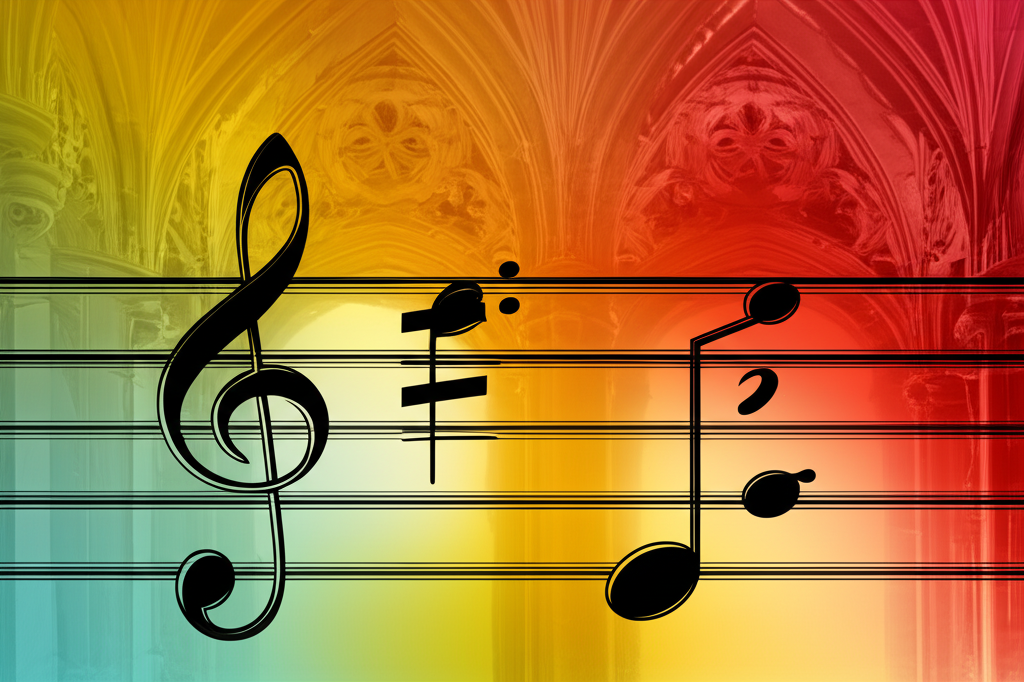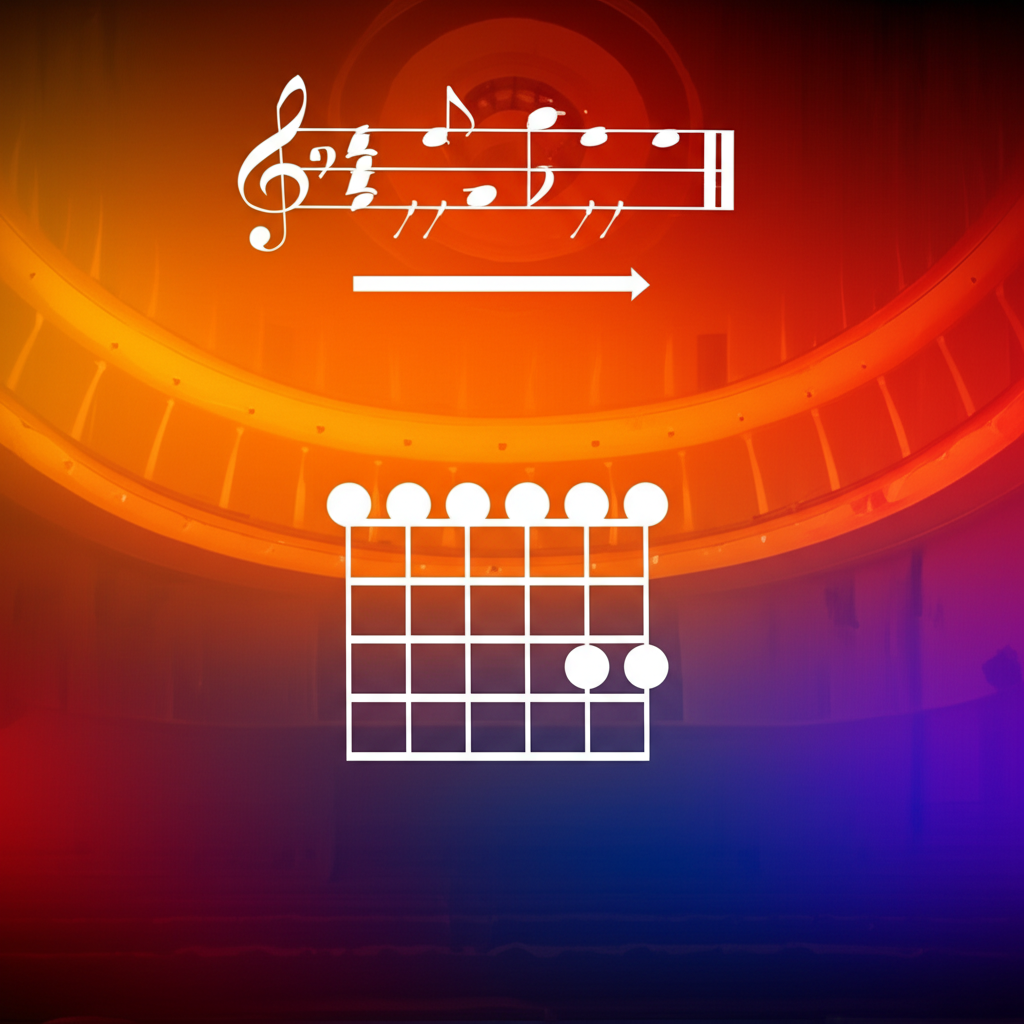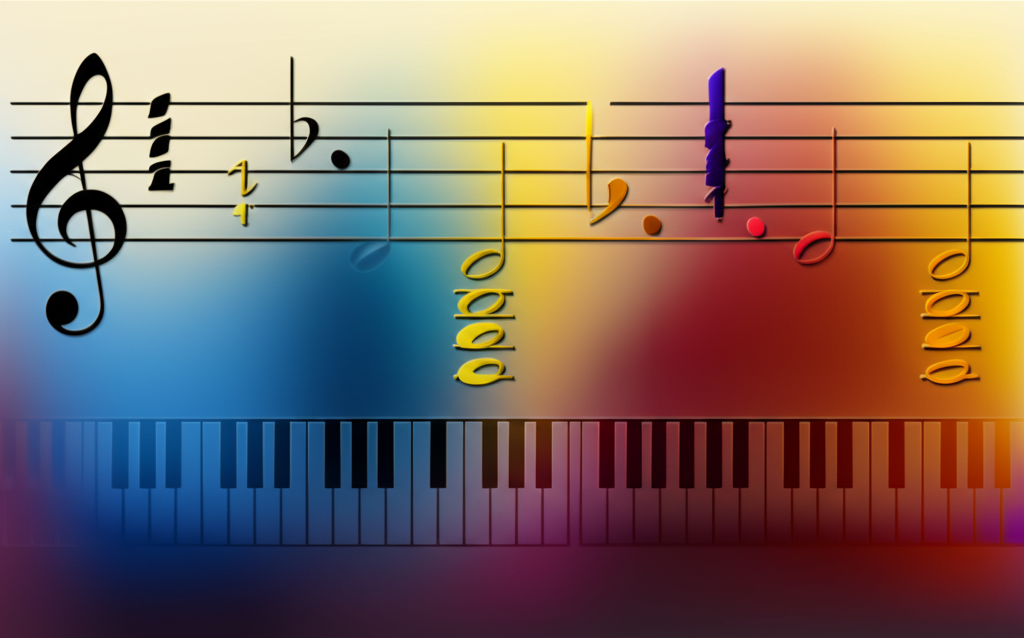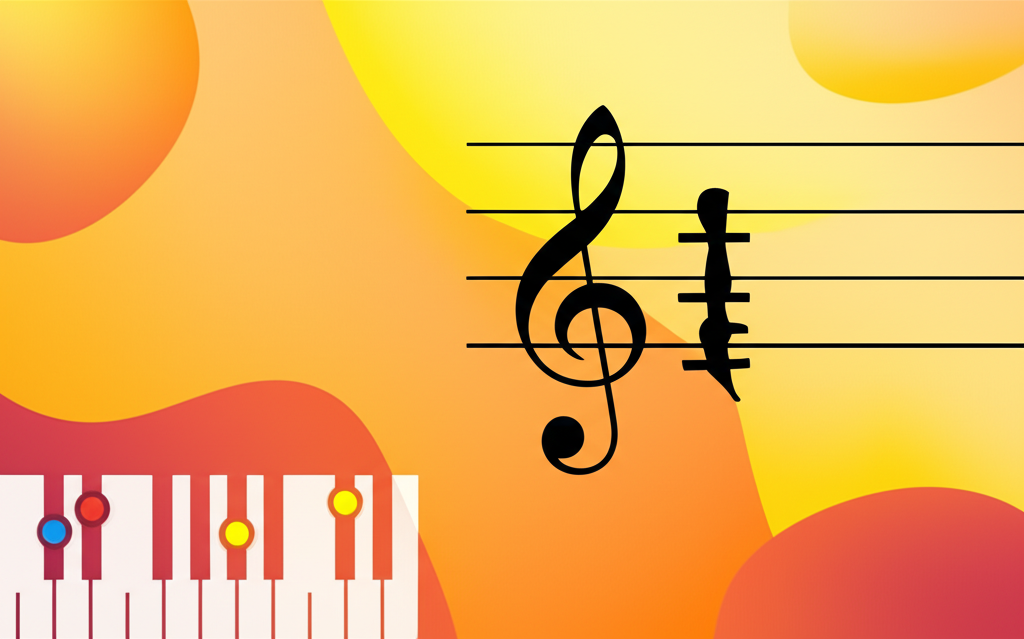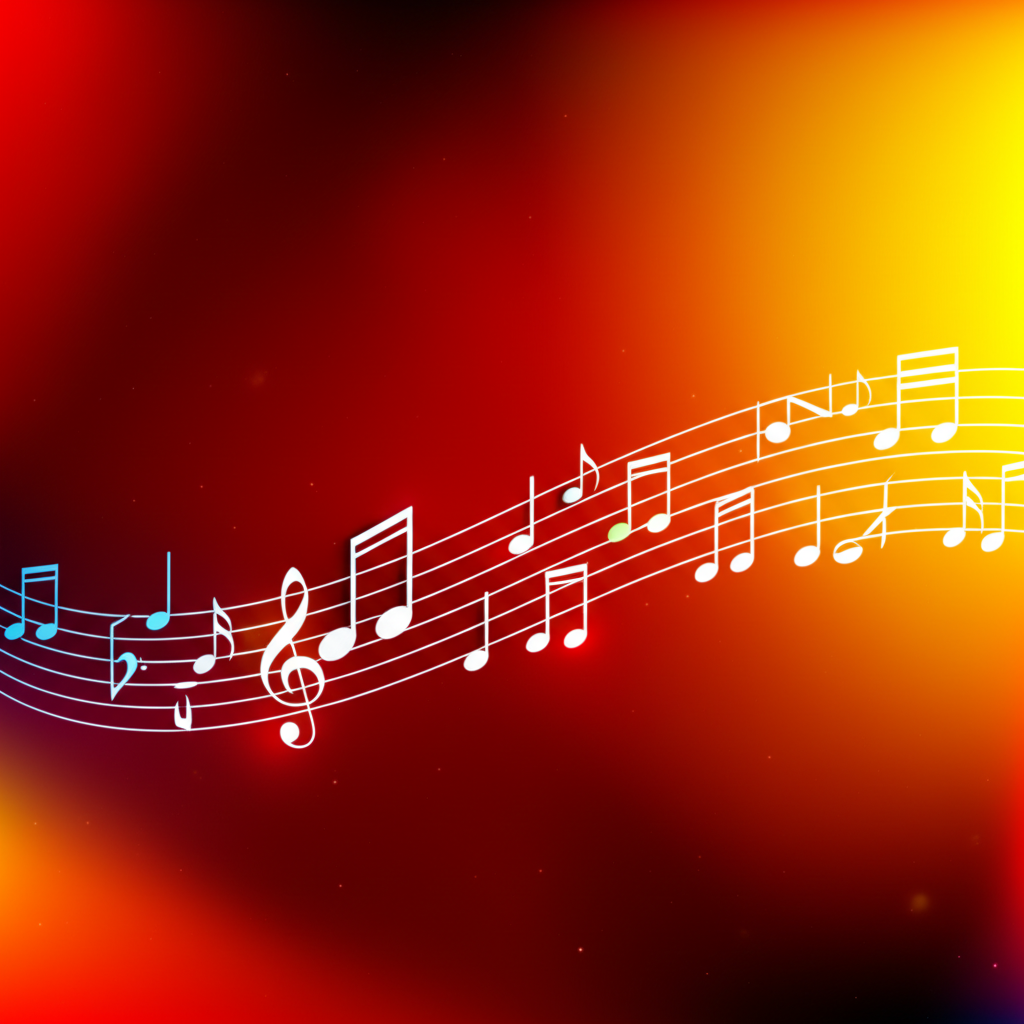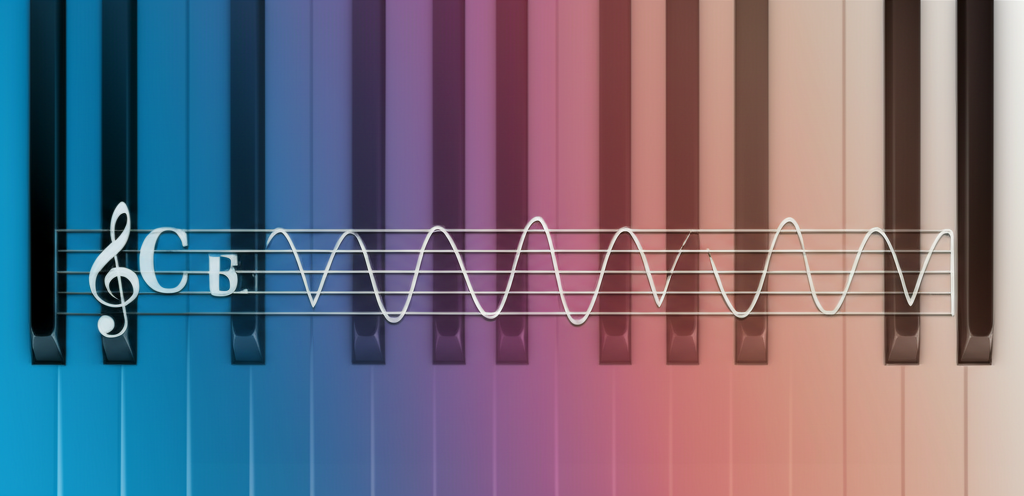
Minor Third Interval: The Foundation of Minor Harmony

b4n1
June 14, 2025, 12:53 a.m.
Minor Third Interval: The Foundation of Minor Harmony
Summary:
The minor third interval, spanning three semitones, is fundamental to creating minor chords and establishing the melancholic, introspective character that defines minor tonality. This essential interval shapes emotional expression in music across all genres and cultures.
Keywords:
Minor third, interval, semitones, minor chord, melancholic, harmonic minor, natural minor, modal music, ear training, interval recognition.
Introduction:
The minor third interval is one of the most emotionally evocative intervals in Western music, providing the distinctive "minor" quality that gives minor chords and scales their characteristic sound. Spanning exactly three semitones (one and a half whole steps), this interval is the building block of minor harmony and a crucial element in understanding musical emotion and expression.
While its major third counterpart creates brightness and stability, the minor third introduces tension, introspection, and emotional depth. This interval appears in countless musical contexts, from the haunting melodies of classical music to the soulful progressions of blues and the complex harmonies of jazz.
Structure and Measurement:
A minor third interval consists of:
- Distance: 3 semitones (half steps)
- Alternative measurement: 1.5 whole steps
- Frequency ratio: Approximately 6:5 in just intonation
- Cents: 300 cents in equal temperament
The minor third is smaller than the major third by exactly one semitone, creating a different harmonic relationship that our ears perceive as more "closed" or "dark" compared to the "open" sound of the major third.
Examples of Minor Thirds:
C to E♭ (3 semitones)
D to F (3 semitones)
E to G (3 semitones)
F to A♭ (3 semitones)
G to B♭ (3 semitones)
Examples:
C to E♭ Minor Third:
Minor Third in C Minor Scale:
Minor Chord Built on Minor Third:
Role in Minor Chords:
The minor third is the defining interval of minor triads. In any minor chord, the minor third interval occurs between the root and the third of the chord:
- C minor: C - E♭ - G (minor third from C to E♭)
- D minor: D - F - A (minor third from D to F)
- E minor: E - G - B (minor third from E to G)
- F minor: F - A♭ - C (minor third from F to A♭)
This interval gives minor chords their characteristic "sad" or "contemplative" quality, contrasting with the "bright" or "happy" sound of major chords.
Emotional and Psychological Impact:
The minor third has been extensively studied for its emotional associations:
- Melancholy: Often associated with sadness, introspection, and longing
- Tension: Creates harmonic tension that seeks resolution
- Depth: Adds emotional complexity and sophistication
- Mystery: Can evoke feelings of uncertainty or contemplation
These associations aren't universal across all cultures, but they're deeply embedded in Western musical tradition and continue to influence contemporary composition and songwriting.
Applications Across Genres:
Classical Music:
The minor third appears prominently in classical compositions, from Bach's minor key inventions to Chopin's melancholic nocturnes. It's essential in establishing minor tonalities and creating emotional contrasts within larger works.
Blues and Jazz:
In blues music, the "blue note" – often a flatted third – creates the characteristic blues sound. Jazz musicians frequently use minor thirds in complex chord voicings and melodic lines to add harmonic color.
Popular Music:
Many popular songs use minor thirds prominently, such as:
- "The Sound of Silence" by Simon and Garfunkel
- "Mad World" by Tears for Fears
- "Hurt" by Nine Inch Nails
- "Black" by Pearl Jam
Ear Training and Recognition:
Developing the ability to recognize minor thirds by ear is crucial for musicians:
- Reference songs: Use familiar melodies that begin with minor thirds
- Interval comparison: Practice distinguishing minor thirds from major thirds
- Scale context: Identify minor thirds within minor scales
- Chord recognition: Learn to hear minor thirds in minor chord progressions
Practice Exercise - Minor Third Recognition:
Cultural and Historical Context:
The minor third has played different roles throughout music history:
- Medieval music: Used in modal contexts before major-minor tonality was established
- Renaissance: Became codified as part of the minor triad system
- Baroque period: Essential for establishing affects and emotional character
- Romantic era: Exploited for its emotional expressiveness
- 20th century: Incorporated into more complex harmonic systems
Practical Applications for Musicians:
Composition:
When composing, minor thirds can be used to:
- Establish minor tonality
- Create emotional contrast
- Build harmonic tension
- Develop melodic motifs
Performance:
Performers should pay special attention to:
- Intonation accuracy (especially in non-tempered systems)
- Emotional expression and phrasing
- Voice leading in harmonic contexts
- Dynamic shaping to emphasize the interval's character
Advanced Concepts:
Inversions:
The inversion of a minor third is a major sixth (9 semitones), creating an interesting harmonic relationship where the "sad" minor third becomes an "open" major sixth when inverted.
Enharmonic Equivalents:
Minor thirds can be spelled enharmonically in different ways (e.g., C-E♭ versus C-D♯), though the musical context determines the appropriate spelling.
Minor Third and Its Inversion (Major Sixth):
Fun Facts:
- The minor third appears naturally in the harmonic series, though higher up than the major third, which may contribute to its perceived "darker" quality.
- Many lullabies use descending minor thirds, possibly contributing to their soothing effect.
- The interval appears in various world music traditions, not just Western music.
- Some birds naturally sing intervals close to minor thirds in their calls.
- The minor third is crucial in the construction of diminished and half-diminished chords.
Conclusions:
The minor third interval stands as one of the most emotionally powerful and musically fundamental intervals in Western music. Its role in defining minor harmony, creating emotional expression, and building musical tension makes it indispensable for composers, performers, and listeners alike.
Understanding the minor third opens doors to deeper musical comprehension, better ear training, and more expressive performance. Whether you're analyzing classical masterworks, improvising jazz solos, or writing your own songs, recognizing and utilizing the unique character of the minor third will enhance your musical expression.
As you continue developing your musical skills, pay close attention to how minor thirds function in the music you encounter. Listen for their emotional impact, practice recognizing them by ear, and experiment with incorporating them into your own musical expressions.
References:
Aldwell, E., Schachter, C., & Cadwallader, A. (2018). Harmony and Voice Leading (5th ed.). Cengage Learning.
Benward, B., & Saker, M. (2015). Music in Theory and Practice (9th ed.). McGraw-Hill Education.
Kostka, S., & Payne, D. (2018). Tonal Harmony: With an Introduction to Post-Tonal Music (8th ed.). McGraw-Hill Education.
Forte, A. (1979). Tonal Harmony in Concept and Practice (3rd ed.). Holt, Rinehart and Winston.
Karpinski, G. (2017). Manual for Ear Training and Sight Singing. W. W. Norton & Company.
